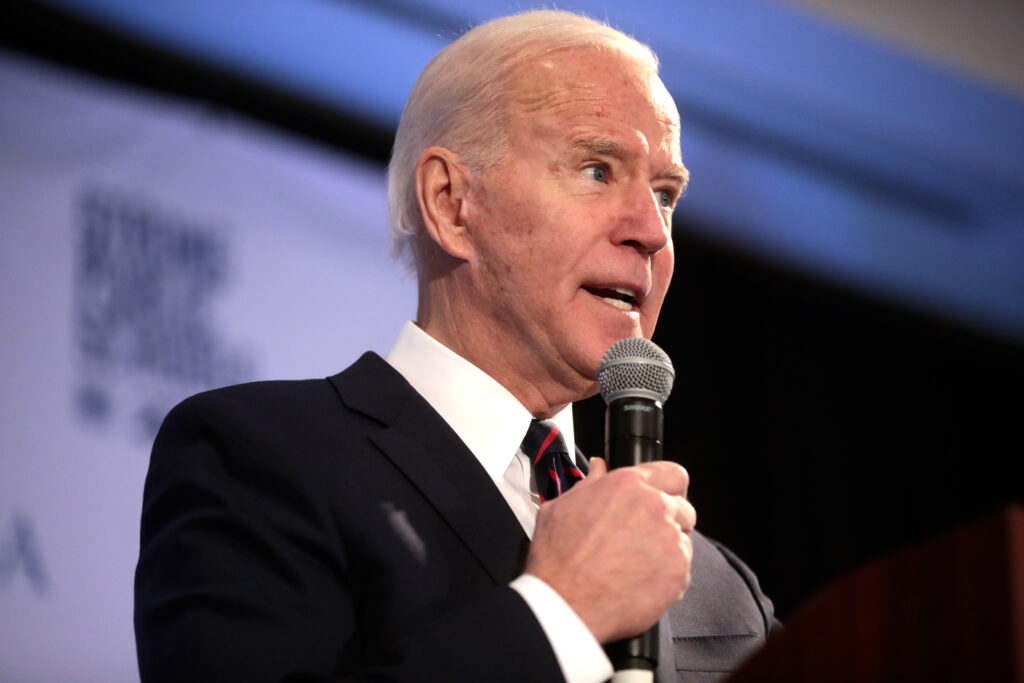The high cost of prescription drugs has caused many lawmakers to embrace Canada’s nationalized health care system as a solution to America’s woes.
During her successful campaign last year, Michigan Sen. Debbie Stabenow promoted bus trips to Canada for Medicare recipients seeking cheaper prescription drugs, little noting that Canadians often make the reverse trip across the Detroit River . . . not merely to save money, but to save their lives.
With the ongoing political maneuvering surrounding prescription drug benefits, now is a good time to focus again on why America must move away from, not toward, the Canadian health care model.
To his credit, President George W. Bush has proposed a long-range Medicare reform plan that takes America in a more market-oriented direction. Unfortunately, however, his interim measure for this year’s budget—creating a Medicare prescription drug benefit and throwing billions more in tax dollars at the problem— smacks of the command-and-control mentality that characterizes Canada’s government-dominated system.
Why Are Drugs Cheaper?
Cross-border price differentials exist for a variety of reasons, including Canadian cost controls on prescription medicines. But prescription cost is only a small part of the picture.
The Canadian system has been praised for its single-payer design and near-universal coverage. In essence, each province is the sole source of health care for its residents.
Provincial monopolies on health care financing are attractive in some ways. Canadian doctors don’t face as much paperwork as they do under the U.S. system, patients are freed of all financial constraints, no one is uninsured (in theory, anyway), and costs are controlled. This last feature is what enables American drug “tourists” to fill prescriptions for less than they can at home. However, the very factor that makes Canadian drug prices attractive—a centralized, government-controlled system—also creates intractable problems.
Single-Payer Problems
Because Canadian patients think medical care is “free,” they demand lots of it. And because the government does not explicitly limit care and cannot charge for it, care must be rationed in various, often hidden, ways, resulting in long waiting lists.
What does it mean to be a patient in Canada? It’s common knowledge many Canadians must wait a long time to see a specialist or receive lifesaving treatment. The Vancouver-based Fraser Institute tracks treatment delays; the 10th edition of its “Waiting Your Turn” survey reports that in 1999 a Canadian patient’s average wait from referral by a general practitioner to treatment by a specialist had reached a record 14 weeks.
What about Canadians who come to the United States for care? A few may be seeking experimental treatment, but most come to get timely care. Precise numbers are difficult to come by, but unpublished survey data collected by the Fraser Institute indicate more than 2 percent of Ontario patients have obtained treatment outside of Canada. For cancer patients, more than 5 percent of those in Ontario needing radiation therapy have left Canada to be treated.
Treatment delays for cancer patients have gotten so bad that, as The Detroit News has reported, Cancer Center Ontario (a government agency) entered into contracts to “export” cancer patients to Detroit’s Barbara Ann Karmanos Cancer Institute, as well as to medical centers in Cleveland and Buffalo.
While those contracts covered only radiation treatments for breast cancer and prostate cancer patients, they remain a stunning admission that Ontario’s health system cannot provide treatment within a reasonable time. In 1999, half of all Ontario patients diagnosed with cancer waited eight weeks or more to begin radiation treatment.
Canadian Drugs No Model
American drug tourists and border-crossing Canadian patients alike are responding to the economic realities of Canada’s health-care system. But Canadian drug bargains for Americans near the border—an accident of geography—do not mean the United States should adopt greater government control over the price of prescription drugs.
After all, few would argue that bargains at the duty-free store are a reason to adopt Canada’s tax system, complete with steep, value-added tax rates.
Waiting lists and delays in treatment are the inevitable and systemic consequences of Canada’s government monopoly on health care.
Policymakers in Washington may finally be realizing this. But any time they’re tempted to look across the border for answers, they would do well to notice those Canadians coming over to our side for life-saving treatment.
Roger H. Leemis practices health law in Southfield, Michigan and is an adjunct scholar with the Mackinac Center for Public Policy, a research and educational institute headquartered in Midland, Michigan.



